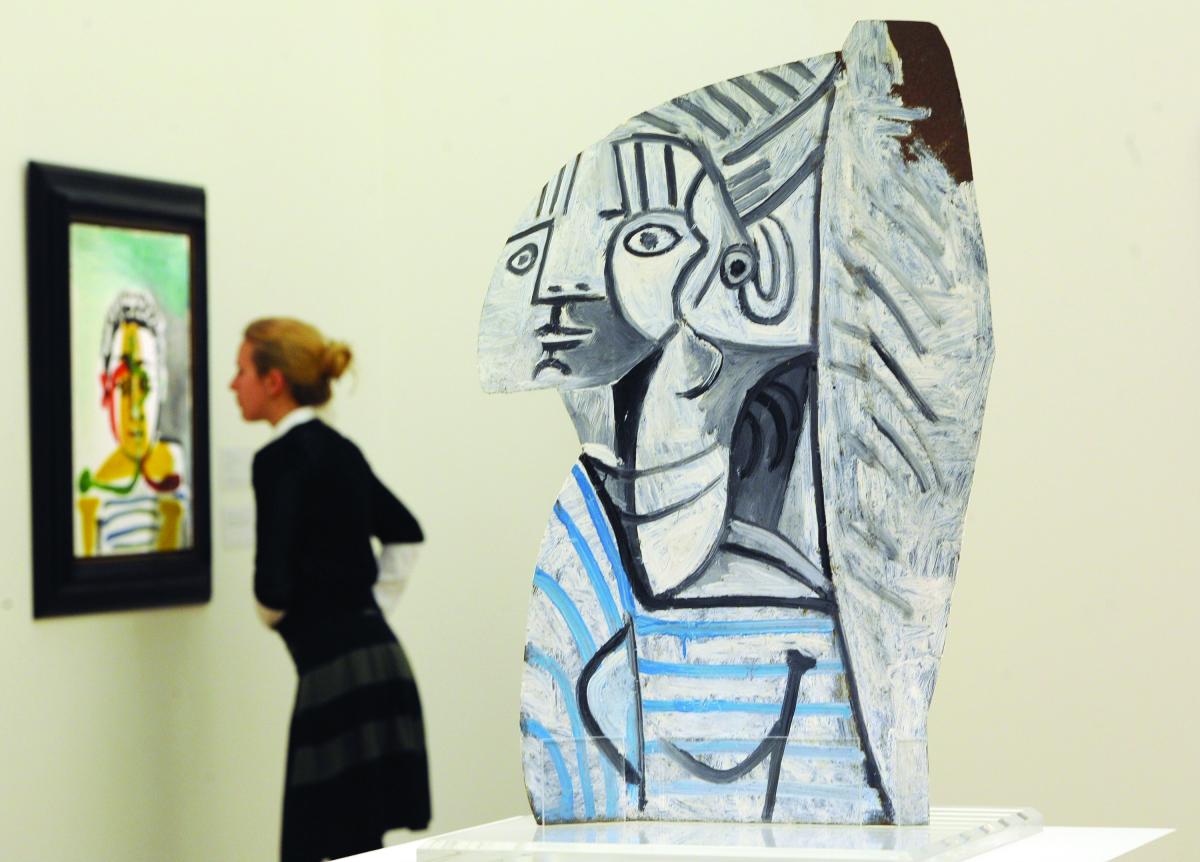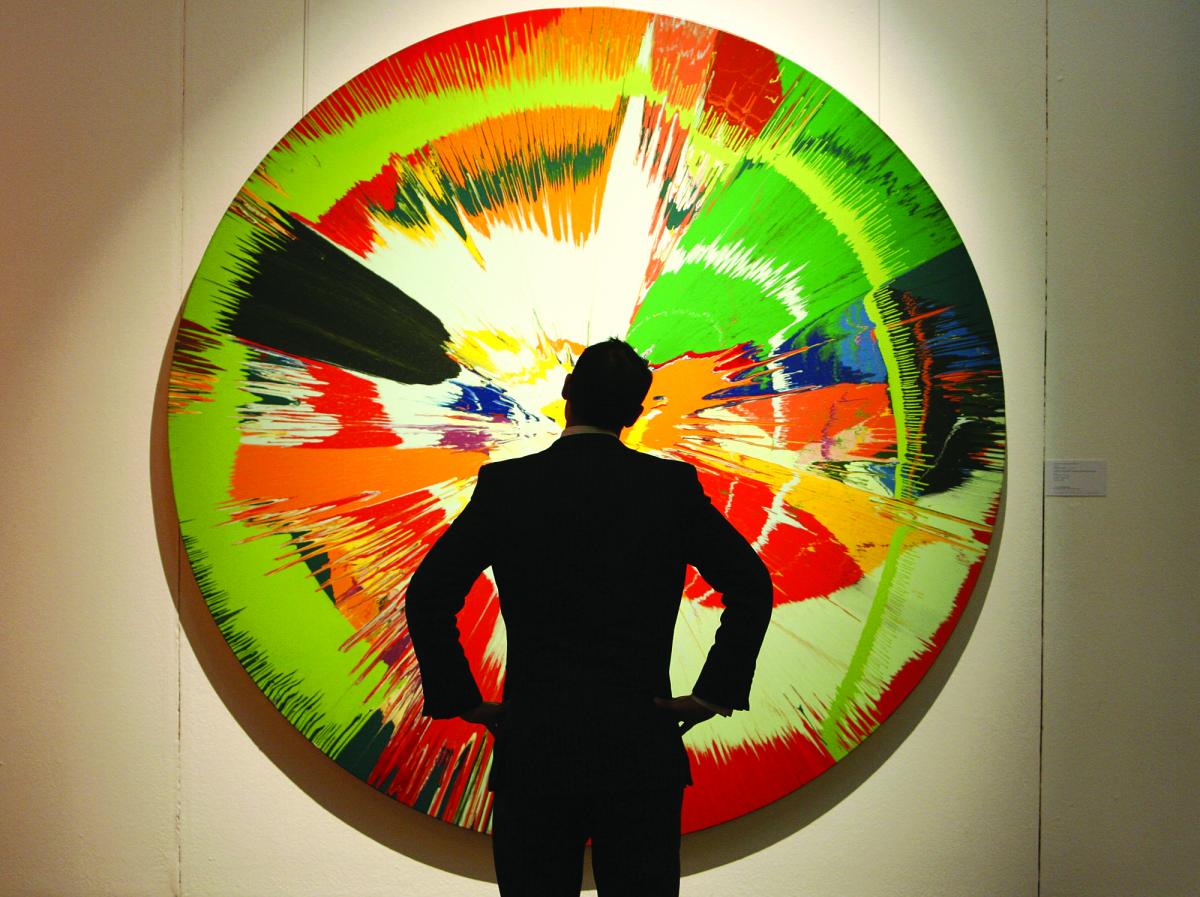How to minimise the risks of passion investments, part two

In the second of a two-part special on passion investing, Lowrie Robertson, a paralegal in the Art Law Group at Slaughter and May, studies the surprising number of hidden costs involved in passion investments, which can prove a pitfall for the unwary investor.
The expenses of owning a passion asset do not end once it has been purchased and money can begin to add up. Planning for long-term on-going costs, especially in relation to artworks, can help minimise the risk of losing money. If it is not clear what the costs will be from asking the seller, consider having an expert inspect the asset and give an assessment.
For example, the investor should consider the costs of:
(i) Any repairs required;
(ii) Any on-going maintenance or conservation;
(iii) For an artwork, if there are any specific installation and display requirements, such as if the artwork needs to be kept in climate controlled conditions or requires a custom frame; and
(iv) If the asset is to be kept in storage, whether it must be stored in certain controlled conditions.
If the asset is to be moved, especially if it is fragile or delicate, the costs and logistics of transport should also be kept in mind.
9. Buyer's premium/seller's commission
In addition to hidden costs of insurance, maintenance, conservation, display etc, any investor should know that there are extra costs to be borne in mind when buying or selling an asset.

If buying a collectible through an auction house like Sotheby's or Christie's , bear in mind that the buyer will pay more than just the hammer price' (i.e. the price at which the auctioneer bangs their gavel and declares the artwork to be sold).
Buying through an auction incurs a buyer's premium, an extra fee which is calculated according to the amount of the winning bid and added to the total purchase price of the artwork. The higher the sale price, the higher the premium, which can run to the millions. Buyer's premium is not usually added to auction pre-estimates, making it difficult to plan for exactly how much money will be spent on an investment.
Choosing where and how an asset is purchased can help avoid this additional cost. For example, Sotheby's recently eliminated the buyer's premium for 'online-only' auctions.
In addition, if a decision is made to sell the asset, a seller's commission may need to be paid to the intermediary who sells it. In the case of auction houses, this amount is taken out of the final bid price.
When buying or selling an artwork through an art broker, a commission is also likely to be required.
10. Insurance
Insurance and security are also factors to consider when making a purchase. High value artworks may incur high premiums and expensive on-going costs, especially if the artwork is on display rather than in storage. Having insurance estimates can help in planning the best investment strategy.
 Before buying, check if the asset is already insured and if the policy will stay in effect once the asset changes ownership and whether all the necessary premiums have already been paid.
Before buying, check if the asset is already insured and if the policy will stay in effect once the asset changes ownership and whether all the necessary premiums have already been paid.
Furthermore, if there is already insurance in place, inspect the terms of the policy to ensure that they are comprehensive enough to provide full cover for the specific asset.
If a new insurance policy is required, choose a provider with relevant experience, such as a specialist art insurance group who can create the best policy for the artwork.
11. Displaying an asset or storing it?
Although it would seem that art is an asset that investors purchase to enjoy as well make money, according to the Financial Times, it's generally believed that around 80% of the world's art is currently in storage rather than on display.
Have a plan for what will happen to the asset after purchase. In the case of an artwork, decide where it will displayed, for example in private property, sent on loan to a museum or if the best option is to keep it in storage. If the asset is to be kept in storage, consider the costs that will be involved, especially if the asset needs to be kept in certain conditions.

12. Keeping up with regulatory changes
Finally, although the art market is largely unregulated, there are changes on the regulatory horizon. Changes to laws may impact how an investor can use or move an asset and a savvy investor should keep up with regulatory changes.
As the investment markets move forward, keeping ahead of these evolving industries is crucial to reaping the benefit of passion investments. Ultimately, there certainly are risks, there are also potential rewards for a cautious and careful investor in passion assets. It is worth keeping in mind that a legal mindset and expertise can prove just as valuable an asset to invest in for the long-term.






